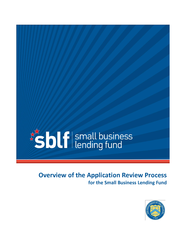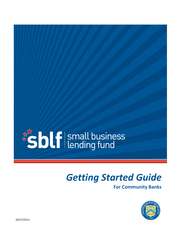Description
SUMMARY
This paper outlines the GWA Modernization Project’s high level strategy for working with FMS
systems impacted by the GWA modernization effort. By informing the impacted systems of the GWA
modernization changes and implementation plans, these systems can begin planning the needed
modifications to their systems.
8
.













